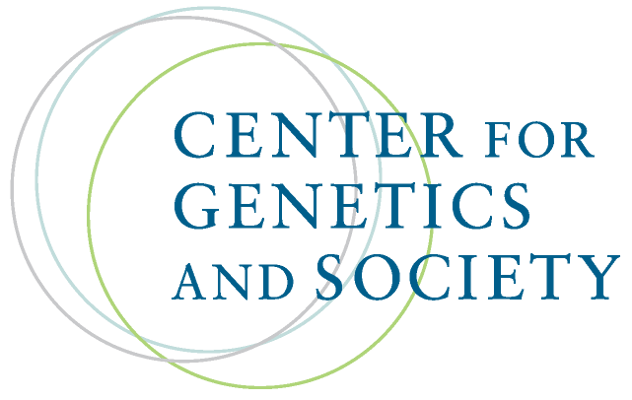IVF Patients Say a Test Caused Them to Discard Embryos. Now They’re Suing
By Jamie Ducharme,
TIME
| 03. 06. 2025
After struggling for eight years to have a baby, Shannon Petersen and her husband decided to try in vitro fertilization (IVF) in 2022. Their fertility doctor recommended a test that sounded like exactly what they needed. It promised to help Petersen, then 42, avoid miscarriages and get pregnant faster by determining which of the couple’s embryos were most likely to result in a healthy baby. The testing cost thousands of dollars and wasn’t covered by insurance, but it was advertised as close to 100% accurate and strongly recommended for women of Petersen’s age. “I said, ‘Yeah, that sounds amazing,’” she says. “Who wouldn’t?”
Her mood changed when the results came back. The test deemed each of the Petersens’ five embryos abnormal, meaning their clinic—like many in the industry—refused to use any of them. “It was like, ‘Well, better luck next time. These are garbage, essentially,’” Petersen says. “It was heartbreaking.”
The Petersens took out a $15,000 loan to try again. Their second IVF cycle yielded only one embryo, which they decided not to test; it did not result in a...
Related Articles
By Anna Louie Sussman, The New York Times | 03.25.2025
On June 24, 2022, the same day the Supreme Court issued its decision in Dobbs v. Jackson Women’s Health Organization, I received a call from the fertility clinic where I’d been undergoing in vitro fertilization, informing me that seven of...
By Natalie Richardson, PET | 03.24.2025
By Nick Cumming-Bruce, New York Times | 03.13.2025
A United Nations commission on Thursday accused Israel of targeting hospitals and other health facilities in Gaza that provide reproductive services, including an I.V.F. clinic where thousands of embryos were destroyed, in what it called an effort to prevent Palestinian...
By Jason Wilson, The Guardian | 03.03.2025
A natalist conference featuring speakers including self-described eugenicists and promoters of race science, apparently including the man behind a previously pseudonymous race-science influencer account, and the founder of a startup offering IQ screening for IVF embryos, will be held at...




